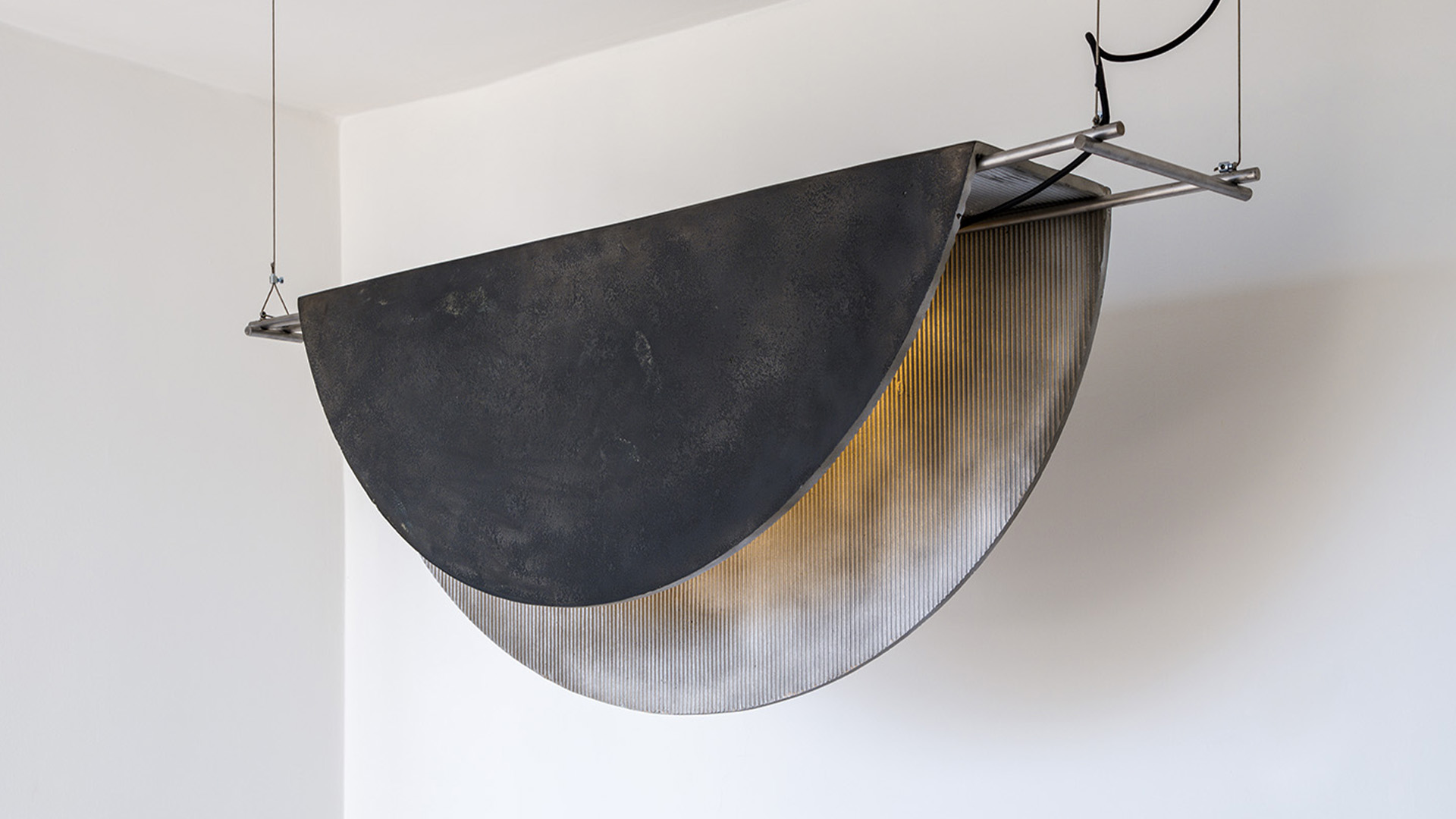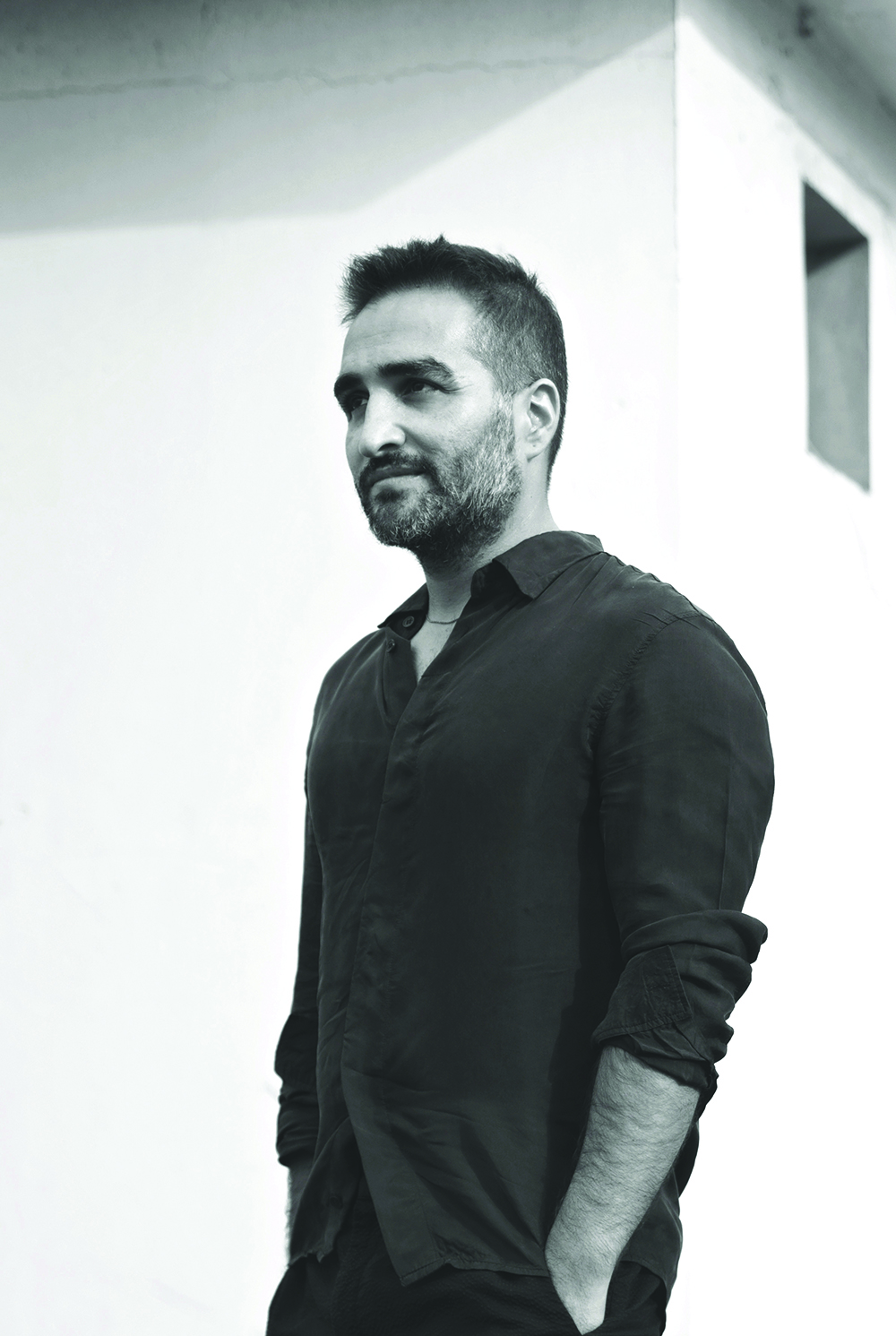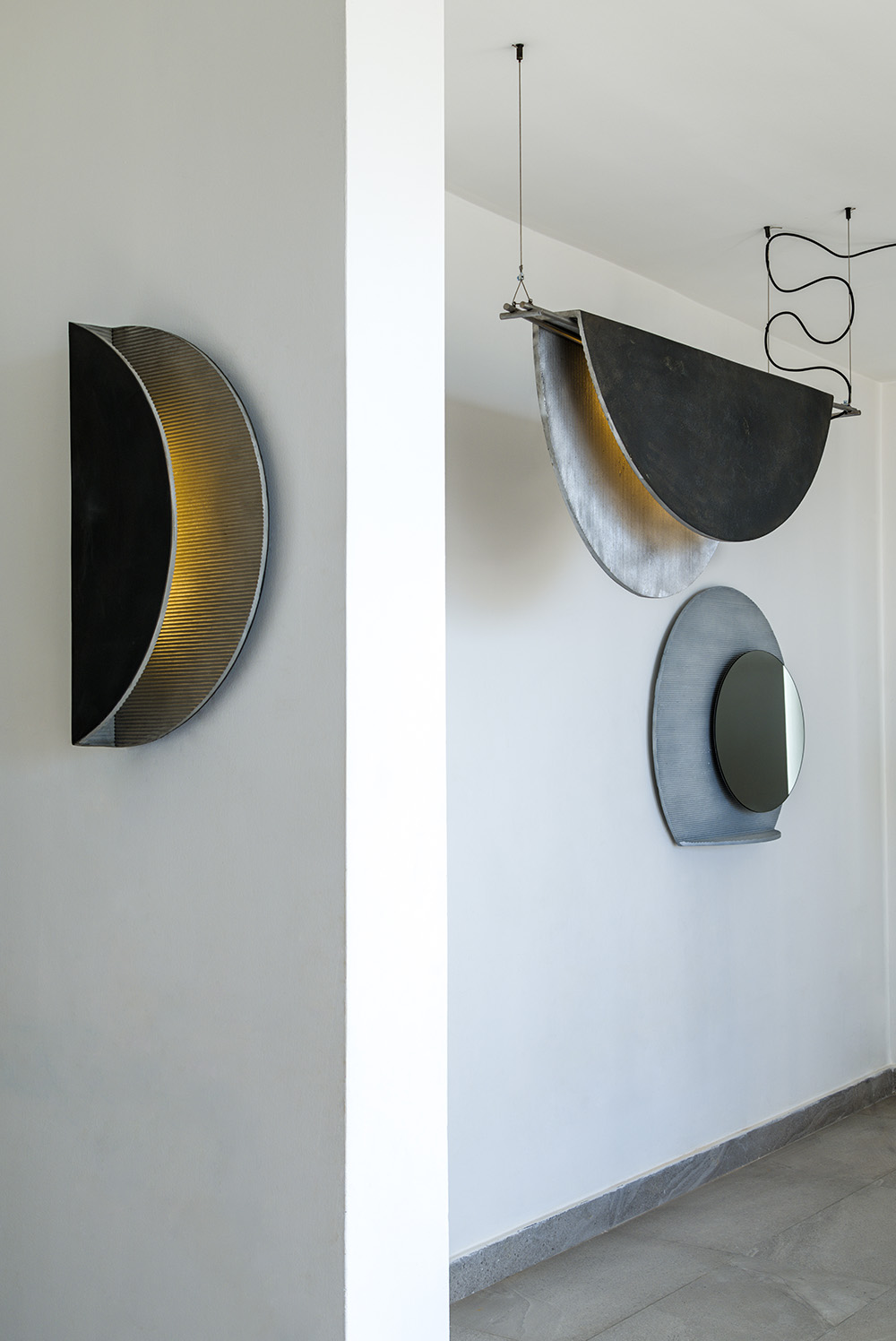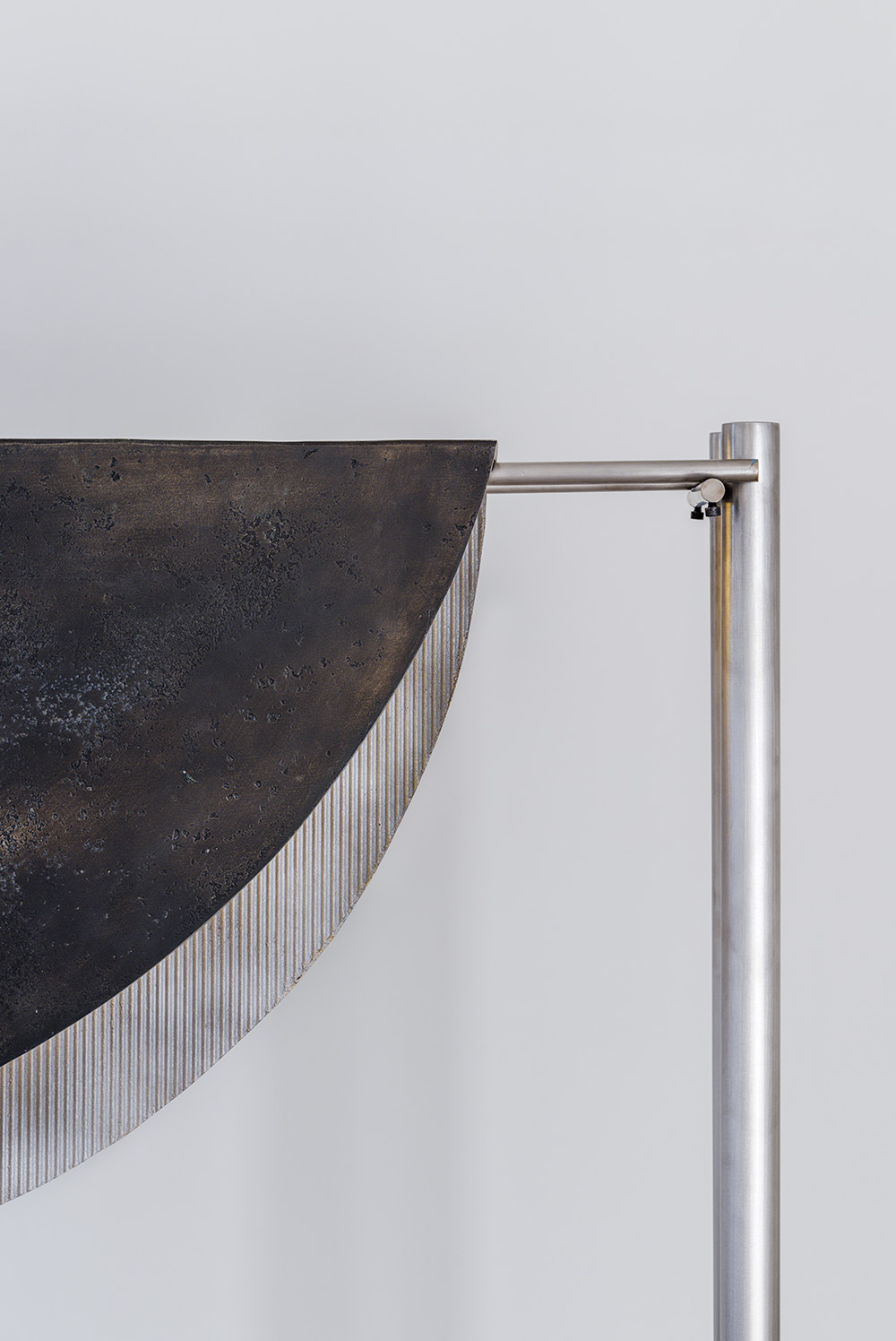Copyright © 2025 Motivate Media Group. All rights reserved.
Etienne Bastormagi creates spaces and design pieces that reflect his quest for minimalism
The Beirut-based designer considers sustainability and functionality in all projects

Some of our earliest childhood experiences strongly impact our adult life. Beirut-based Etienne Bastormagi has a deep understanding of how this has played out for him. “As a kid, I was always around machines making industrial pieces (such as ovens and fridges),” he reflects. “My grandparents worked in the industry and my mother had a gallery, so I combined both ends into what I thought an architect would be.”

Difficult moments have also nurtured his first design memories. “I remember running around stainless steel folding machines,” says Bastormagi. “They acted as protectors during the war, as we used to hide within them. Later, I was fascinated by their scale and the things that were made by them.”

Today, exploring and researching are part of Bastormagi’s daily life. Whether imagining a masterplan, a building, a room or a product, the architect confesses to striving to create emotions, to give importance to the handmade, and to consider both the sustainability and the functionality of every project he tackles. Case in point: his first solo collection, presented during the 2023 edition of Milan Design Week, which includes several lamps and a mirror – all made entirely of metal.

“I have always been fascinated by the moon,” says Bastormagi. “This is what inspired [my project] ‘660.3 Degrees, Cast Poems’. It is an exploration, a tactile journey between a material – aluminium – and all its potential. The work focuses on shadows and textures, revisiting a perpetual investigation of gravity and fragility, like a moon that sometimes hides, sometimes reveals its secrets. “This approach interprets our relationship with the cosmos at a time when space travel is becoming accessible and humans seek to understand the universe around them,” he continues. “Each piece becomes a language and merges with the observer’s eye. The object on a wall, suspended or in a larger context, is in direct communication with architecture.”

In addition to aluminium, Bastormagi also uses a wide range of materials, from iron to stones. “I like the colours of raw material and combining them with vibrant contrasts,” he says. For example, concrete and white finishes are very present in his spaces, and black metal often adorns his pieces.

Inspired by brutalist architecture, Bastormagi has a deep appreciation for geometry in general, as exemplified through the shapes and structured lines that characterise his projects. His creative process involves a lot of discussion –with colleagues, artisans and clients – and drawing, which he considers to be key. “I want to create contemporary places or pieces that respond to today’s needs [with] a minimalist approach and with an industrial feel,” he says. Whatever Bastormagi is currently working on – design pieces or residential and retail projects which are soon to be revealed – he remains strongly nurtured by his origins and past.

“I am from a place of chaos and a lot of natural light,” he says. “Both the urban environment and the shadows are influences for me. Fragility reflects the status of the people living here. Most of my work defies gravity and plays on that notion.”
The Latest
How Eywa’s design execution is both challenging and exceptional
Mihir Sanganee, Chief Strategy Officer and Co-Founder at Designsmith shares the journey behind shaping the interior fitout of this regenerative design project
Design Take: MEI by 4SPACE
Where heritage meets modern design.
The Choreographer of Letters
Taking place at the Bassam Freiha Art Foundation until 25 January 2026, this landmark exhibition features Nja Mahdaoui, one of the most influential figures in Arab modern art
A Home Away from Home
This home, designed by Blush International at the Atlantis The Royal Residences, perfectly balances practicality and beauty
Design Take: China Tang Dubai
Heritage aesthetics redefined through scale, texture, and vision.
Dubai Design Week: A Retrospective
The identity team were actively involved in Dubai Design Week and Downtown Design, capturing collaborations and taking part in key dialogues with the industry. Here’s an overview.
Highlights of Cairo Design Week 2025
Art, architecture, and culture shaped up this year's Cairo Design Week.
A Modern Haven
Sophie Paterson Interiors brings a refined, contemporary sensibility to a family home in Oman, blending soft luxury with subtle nods to local heritage
Past Reveals Future
Maison&Objet Paris returns from 15 to 19 January 2026 under the banner of excellence and savoir-faire
Sensory Design
Designed by Wangan Studio, this avant-garde space, dedicated to care, feels like a contemporary art gallery
Winner’s Panel with IF Hub
identity gathered for a conversation on 'The Art of Design - Curation and Storytelling'.
Building Spaces That Endure
identity hosted a panel in collaboration with GROHE.
















